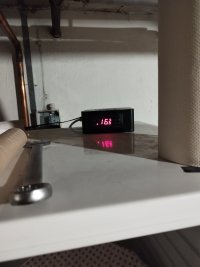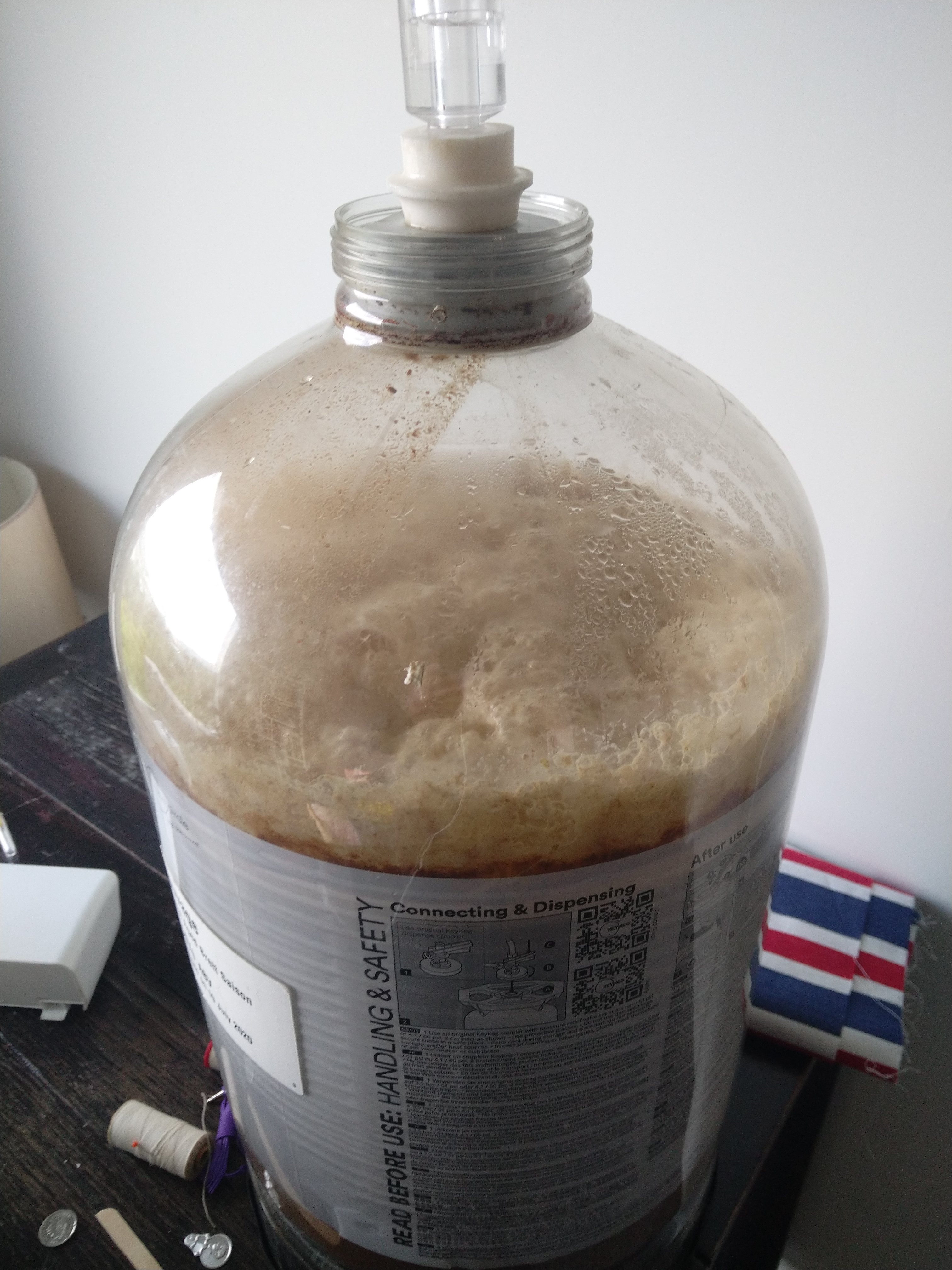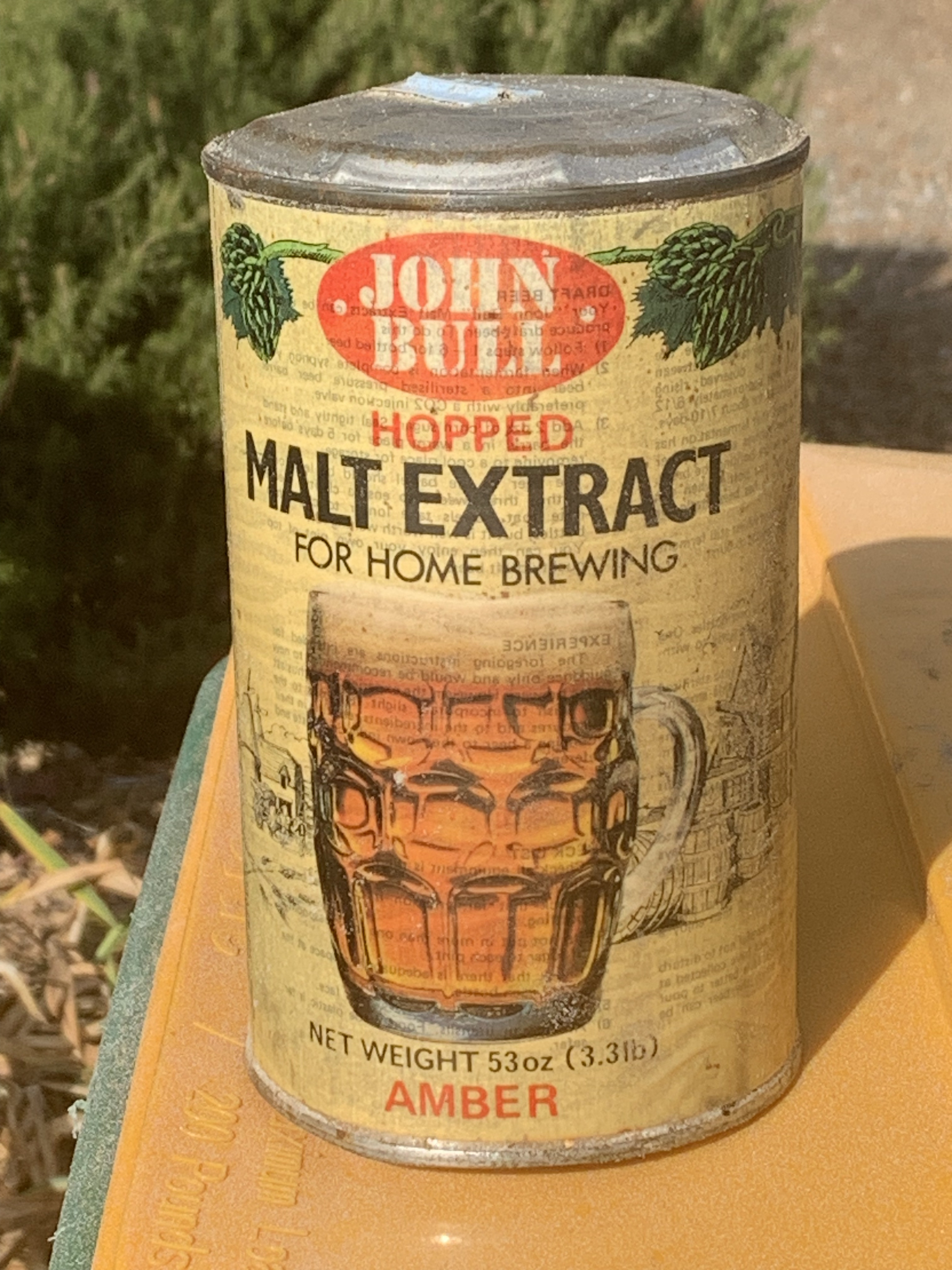Colindo
Well-Known Member
The strongest orange aroma that I have so far experienced was from harvested S-04. Once it is used to being a liquid yeast, it becomes a fruity ester bomb. Very different from its dry form.I suppose it means I gave up somewhat, and cheated, but since we're in the English Ale recipe thread I thought I'd mention it.
Fuller's (either from their bottles or Imperial Pub) is not as orangey to me. Rather a mix of some orange and some pale honey aroma.
Thanks for the honesty. It is such a difficulty to dig through all these supposed strains and having people invent stuff or misinterpreting statements makes things even worse. I know the story of Boddington's yeast that you quoted earlier and it is a prime example how people took the fact that it might have come from a Boddington bottle far too literally. Thankfully we have the written proof from 1941 in Ron's blog entry.I must have a source for it, although the "supposedly" hints that I was underwhelmed by its reliability.




![Craft A Brew - Safale S-04 Dry Yeast - Fermentis - English Ale Dry Yeast - For English and American Ales and Hard Apple Ciders - Ingredients for Home Brewing - Beer Making Supplies - [1 Pack]](https://m.media-amazon.com/images/I/41fVGNh6JfL._SL500_.jpg)




























































